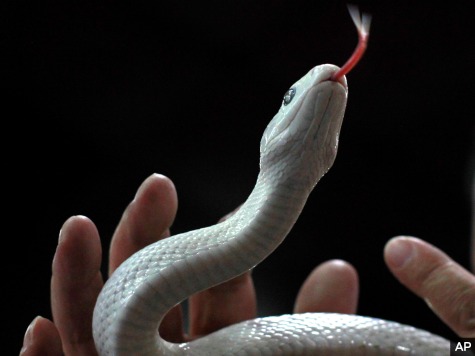
The great bull market in U.S. bonds now appears to be over after 32 years, and its repercussions will be felt for years to come across all markets.
It is my assertion that these years’ falling-interest-rate tailwind was much of the fuel that drove the consumption economy of the last 30 years and padded balance sheets across the globe. This bottoming process should lead to shrinking returns on both stocks and bonds. These returns will be below historical averages, adjusted for inflation, in the next decade. Breaking above 6% on an annual basis will probably be the new goal for equity investors for at least the next seven years as the market returns to its historical long-term average of 6.5% and adjusts to the headwinds of flat to rising interest rates.
It was the increasing debt loads and the debt refinancing cycle, rather than pure organic growth, that has been driving our economic progress. This has masked the wealth gap in our country which has been widening over the last 40 years. This widening has expanded even further since the Quantitative Easing program began. Going forward, the stagnation of the 1970s may very well return, shaping our economic future. The debt cycle is coming to an end as western nations find it ever harder to get someone other than their own central banks to purchase their obligations.
This process of buying one’s own debts is the swan song for most economies. It is the stage before the reset button is pushed and the debasement of the currency begins. It is not pretty, and it is painful for those it touches, but it is the underlying theme to the monetary history of almost all nations. Hard currency is replaced by fiat. This leads eventually to some form of default. The lifecycle may be longer for some and shorter for others, but the pattern holds throughout history because it is emblematic of human nature. This reset can be quick or it can take years, but it will always happen because debts must eventually be either repaid or defaulted on.
The piper will eventually have to be paid.
Since the early 1980s, it is evident that a tailwind of falling interest rates has helped carry equity markets and levered the returns on bond portfolios. It has enabled the accumulation of debt loads to not only corporations and individuals, but to once-strong sovereigns as well. For decades we have witnessed the growth of the financial sector of the stock market, which has created more and more ways to leverage up paper assets. This lead to the market problems of 2008-2009 that continue to this day. The “too big to fail” banks have grown bigger, not smaller, as it becomes apparent that we have only delayed that which eventually must happen.
These battles over debts are eternal. As President Andrew Jackson once said, “I am one of those who do not believe the national debt is a national blessing… it is calculated to raise around the administration a moneyed aristocracy dangerous to the liberties of the country.” It is almost two hundred years later, and we still haven’t learned.
Since about 2007, the cost of servicing our national debt has stayed relatively flat, while the overall debt load has more than doubled. Rising rates will blow up any hope of balancing the budget and will most likely require the Fed to step in with continuing waves of additional Quantitative Easing to plug the gap. They say that the chickens eventually come home to roost, and so it is that debts, too, eventually catch up to the borrower. When this happens, the Fed will do anything in its power to create inflation. Adding extra zeros to paper assets masks the systematic theft of the public’s wealth by this policy and fools the less informed masses as to who the the true beneficiaries are.
They’re the ones buying the record-priced artwork, diamonds, and penthouses.
The other day I saw a picture of a snake eating its tail. It reminded me of Ouroboros, the ancient Greek image depicting the dynamic of the movement of energy. Once the snake reaches its head, the self-consumption is complete. Its end becomes its beginning. Western society’s experiment with fiat currency will follow a similar path; our debt will consume itself until it reaches the point where it has to start again. We sow the seeds of our own eventual destruction and rebirth, as is in the nature of most of humanity.
Saying “no” is much harder than saying “yes” when spending is the subject. Our founding fathers knew this. German and Swiss bankers used to know this. However, most modern societies cannot resist the Siren’s call to spend. So maybe our ancestors were much smarter than we give them credit for. At some point we will reach the end of our debt cycle, and we will be consuming ourselves with massive monetization, effectively eating our own heads. I only hope that we aren’t living like the ancient Greeks when the dust settles.

COMMENTS
Please let us know if you're having issues with commenting.